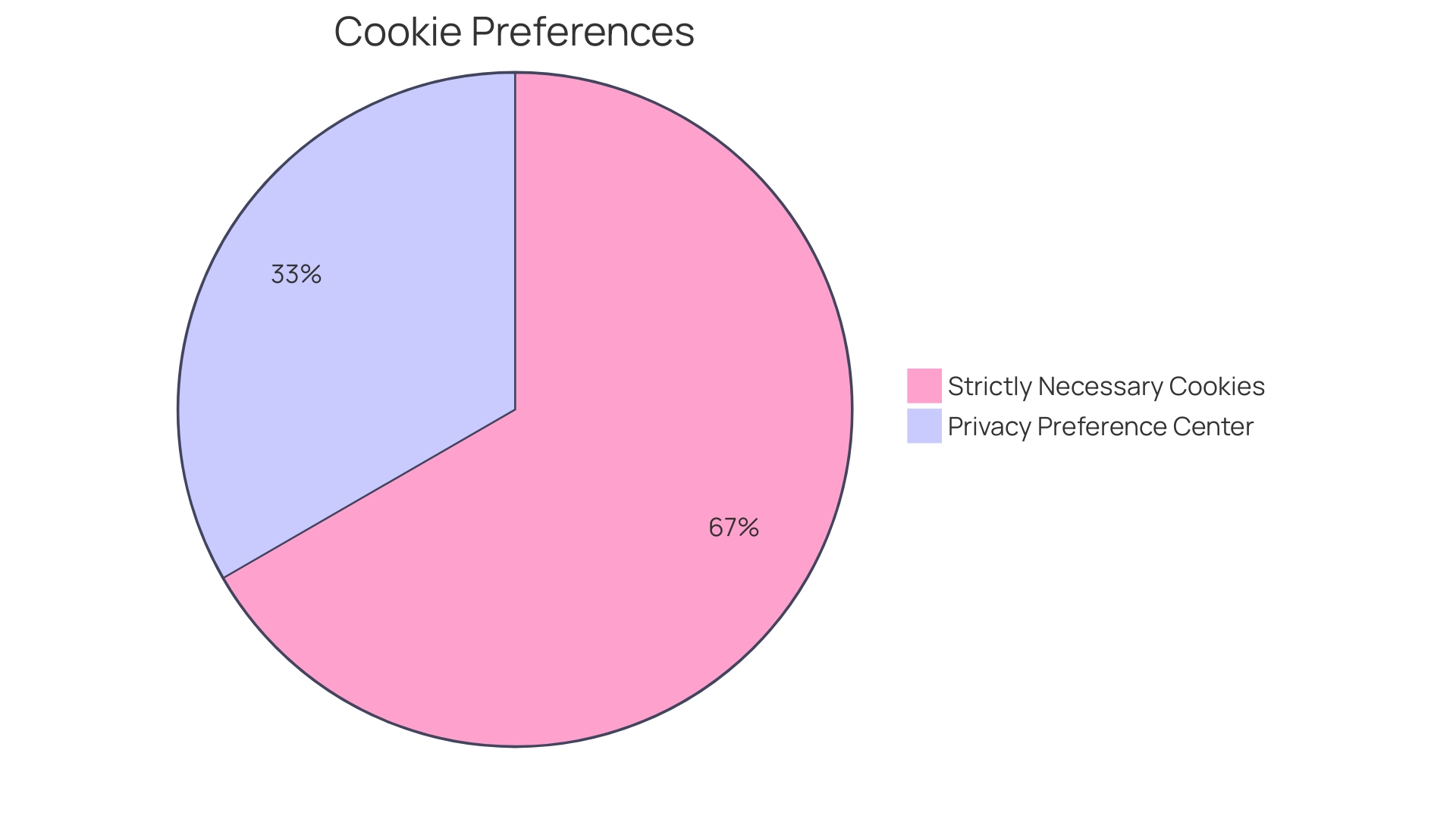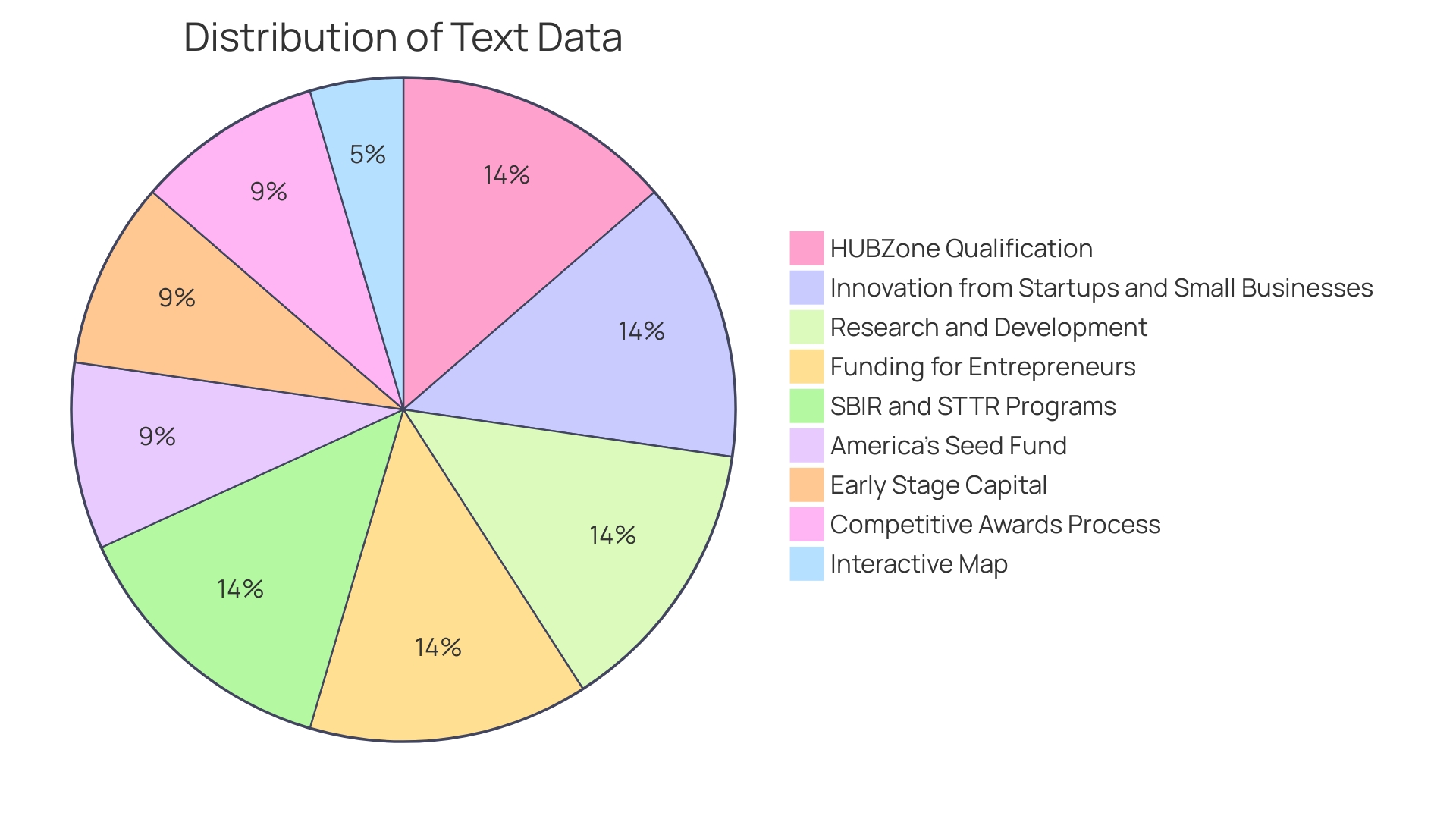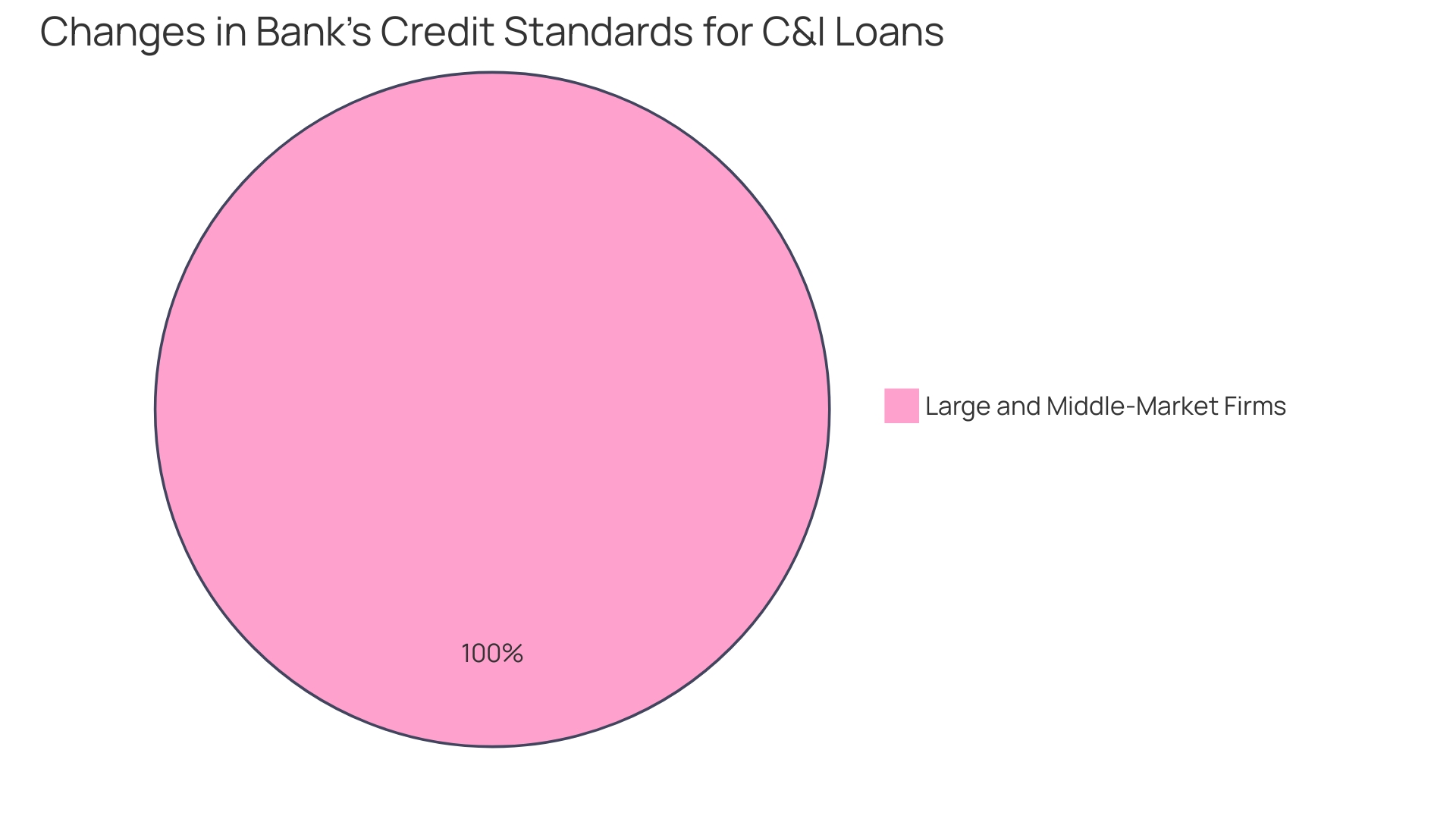Introduction
Understanding Your Current Debt Structure: A Practical Guide to Refinancing and Restructuring Loans
Are you considering refinancing or restructuring your business loans? Before making any decisions, it's crucial to have a clear understanding of your current debt structure. This comprehensive guide will walk you through the essential steps of analyzing your loans, evaluating repayment terms, and assessing associated fees.
One key aspect to consider is whether your loans are secured or unsecured. Secured loans, backed by collateral, generally carry lower interest rates. On the other hand, unsecured loans may be easier to obtain but often come at a higher cost.
Additionally, you'll need to weigh factors like repayment period. Longer terms may offer lower monthly payments, but they can result in higher total interest over the life of the loan.
The financial landscape in 2023 has seen a diversification in lending sources, with online lenders and non-bank financial institutions offering competitive rates. This means you have more options to consider when seeking to refinance. However, it's essential to evaluate the terms and rates of potential new loans against your current obligations, ensuring any decision aligns with your business's financial strategy and cash flow requirements.
By meticulously gathering and analyzing all pertinent information on your current loans, you will position yourself to make strategic decisions that enhance your company's financial well-being and support its growth ambitions. So let's dive in and explore the world of loan refinancing and restructuring.
Understanding Your Current Debt Structure
Understanding your current business debt structure is a pivotal first step when considering the refinancing or restructuring of your loans. This process should encompass a thorough review of the types of loans you have, their interest rates, repayment terms, and any associated fees. It's important to analyze whether your loans are secured or unsecured, as each carries different terms and risk levels. Secured loans generally have lower interest rates since they're backed by collateral, while unsecured loans may be easier to obtain but often come at a higher cost.
Additionally, weighing factors such as the repayment period is essential. Loans with longer terms might offer lower monthly payments, but they could result in higher total interest over the life of the loan. On the other hand, shorter terms can lead to significant savings in interest, though the monthly payments will be larger.
The financial landscape in 2023 shows a trend toward online lenders and non-bank financial institutions offering competitive rates that rival traditional banks. This diversification in lending sources means you have more options to consider when seeking to refinance. It's crucial to evaluate the terms and rates of potential new loans against your current obligations, ensuring any decision aligns with your business's financial strategy and cash flow requirements.
By meticulously gathering and analyzing all pertinent information on your current loans, you will position yourself to make strategic decisions that enhance your company's financial well-being and support its growth ambitions.

Why Refinance Your Business Loans
Refinancing business debt is a strategic move that can provide multiple advantages for small businesses. By restructuring existing loans, companies can potentially achieve a lower interest rate, which translates into reduced monthly installments. This can be particularly beneficial for improving cash flow and liquidity. Additionally, refinancing may allow for an extension of the loan's repayment period, offering more breathing room for businesses to align their financial strategies with operational needs.
For businesses with several loans, debt consolidation through refinancing can simplify financial management by merging multiple debts into one. This not only streamlines the repayment process but can also lead to more favorable terms and conditions. The goal of refinancing should be clear and tailored to the specific financial objectives of the business, as this will directly influence the refinancing strategy and choice of lender.
A small business loan is a vital instrument for small enterprises to secure the necessary funds for operation, growth, or starting up. When considering refinancing, it's imperative to understand the types of loans available—secured or unsecured—and the qualifications required for approval, such as a good credit score, substantial business revenue, and sometimes a personal guarantee or collateral.
As the financial landscape evolves, staying informed about the latest trends and data is crucial. For instance, regional differences in refinancing rates across the United States indicate varied economic behaviors, with states like Utah, Idaho, and Arizona showing a higher propensity for mortgage refinancing. Such insights can guide business owners in making informed decisions about when and where to refinance.
In summary, refinancing business loans can lead to substantial benefits for small businesses, including lower interest rates, improved cash flow, extended repayment terms, and the convenience of loan consolidation. The process requires careful consideration of business needs, familiarity with loan types, and qualification criteria, all aimed at achieving the business's long-term financial stability and growth.

Steps to Refinance Your Business Loans
When planning to refinance or restructure business debt, the first step is to take stock of the total amount owed. This involves meticulously compiling loan statements and summing up the debt. Understanding the magnitude of your debt is crucial for identifying the most suitable refinancing strategies.
Subsequently, it's important to set clear refinancing objectives. Whether the aim is to lower monthly payments, reduce interest rates, or consolidate debts, having well-defined goals will streamline the path towards achieving them.
Qualification for refinancing hinges on several factors, including credit score, business financial health, and available collateral. Grasping these qualifications allows for a realistic assessment of which lenders might approve the refinancing.
Research is paramount. Exploring various lenders, particularly those with a history of collaborating with small businesses on loan refinancing, is vital. Comparing their rates, fees, terms, and customer feedback will illuminate the best choice for your business's unique needs.
Lastly, preparing the necessary documents in advance, such as financial statements, tax returns, and proof of ownership, is an essential step. This foresight can greatly expedite the refinancing process, ensuring that when the right lender is found, the application can proceed without delay.
Factors to Consider When Refinancing
Refinancing business loans can be a strategic move for small businesses aiming to optimize their financial health and growth prospects. It's crucial to consider the influence of refinancing on your credit profile, as this will affect future financing opportunities. A positive change in your credit score can enhance your ability to obtain loans in the future, while a negative impact could limit your options.
Evaluating the financial stability of your business and ensuring that your long-term objectives are in sync with the decision to refinance is vital. Refinancing should be a deliberate part of your financial strategy, contributing to the sustainability and expansion of your enterprise.
Moreover, consulting with financial experts can be invaluable. Professionals who specialize in business loan refinancing can offer insights and guidance that are critical in navigating the complexities of the process and making informed decisions.
It's also essential to understand the various refinancing options available to you, such as traditional bank loans, SBA loans, and alternative lenders. Each type of financing comes with its own set of benefits and factors to consider. For instance, while banks may offer favorable rates, the recent trends suggest non-bank lenders are also providing competitive rates.
As per the Senior Loan Officer Opinion Survey on Bank Lending Practices, there has been a trend towards tighter standards and reduced demand for commercial loans. This information underscores the importance of being well-prepared and knowledgeable about the current lending environment when considering refinancing options.
In the realm of small business loans, which are instrumental for covering startup costs, managing working capital, and inventory purchases, selecting the right type of loan is influenced by how you plan to use the funds. Whether for day-to-day operations, equipment purchases, or expansion, the loan you choose must align with your business needs and financial strategy.
Remember that a sound business plan detailing your company's operations, target market, and financial projections is a cornerstone when seeking funding. With these considerations in mind, small business owners can navigate the refinancing landscape more effectively, securing the right terms and rates to foster growth and operational success.

When to Consider Business Loan Refinancing
Small businesses often seek financial tools to help navigate the dynamic economic landscape, and refinancing existing loans can be a smart strategy under certain conditions. When market interest rates dip below the rates of current loans, refinancing could substantially lower the cost of borrowing, allowing businesses to allocate saved funds to other growth-inducing initiatives. A positive shift in creditworthiness presents a similar opportunity; as a healthier credit score may unlock access to loans with more favorable terms, reducing financial strain.
Transformations in a company's financial health, such as an upsurge in revenue or cash flow, also signal a prime moment to reassess and potentially refinance loans to terms that reflect the improved stability. Additionally, consolidating several loans into a single loan simplifies financial management, often resulting in a single, more manageable payment plan with uniform terms.
Success stories, such as Edna's thriving salon business which created employment opportunities, underscore the importance of strategic financial planning. In her case, managing business finances effectively supported both business expansion and community contributions through job creation. Moreover, insights from the hospitality industry reveal that a clear understanding of the market is crucial for success, as demonstrated by a hotel that leveraged its prime location to boost sales.
It's important to note that while the mechanisms of small business loans are intended to assist with various needs—from covering startup costs to purchasing inventory—navigating the application process and understanding the terms is vital. With a landscape where non-bank lenders are increasingly competitive with traditional banks, small business owners are encouraged to thoroughly research and consider the array of available lending options. Not to be overlooked, the loan application process and the terms of repayment are crucial, as these will directly impact the business's cash flow, a key element for sustained operations and growth.
Potential Risks and Considerations
Refinancing business loans requires careful consideration of various factors that can significantly impact your company's financial health. Upfront fees, closing costs, and prepayment penalties are potential expenses that must be weighed against the long-term benefits of refinancing. It is crucial to ensure that the savings from a lower interest rate are not overshadowed by these costs.
Moreover, the effect on cash flow is a key aspect to evaluate. A longer loan term may lower monthly payments but could result in higher overall costs due to extended interest accrual. Ensure that the refinanced loan aligns with your business's cash flow capabilities and does not strain your monthly financial obligations.
Understanding the terms and conditions of the new loan agreement is vital. Be vigilant of any clauses that may pose future financial risks, such as adjustable interest rates or hidden fees. These can undermine financial stability and should be carefully scrutinized.
Finally, consider the implications of refinancing on your future financing options. Refinancing a loan may alter your company's borrowing capacity and could restrict access to additional funding. This is particularly important to consider if your business may require further capital for growth or unforeseen expenses.
Informed decision-making in the refinancing process can position your business for better financial management and long-term success. As the lending landscape evolves, with online lenders and credit unions offering competitive rates, it's essential to explore all options and choose a refinancing strategy that best suits your business's unique needs and goals.
Conclusion
Understanding your current debt structure is vital when considering the refinancing or restructuring of your business loans. By analyzing the types of loans, interest rates, and repayment terms, you can make informed decisions that align with your business's financial strategy and cash flow requirements.
The financial landscape in 2023 offers a range of options for refinancing, including online lenders and non-bank financial institutions. It's important to evaluate the terms and rates of potential new loans against your current obligations to ensure the best fit for your business's unique needs.
Refinancing business debt can provide advantages such as lower interest rates, improved cash flow, and the convenience of loan consolidation. Setting clear refinancing objectives tailored to your financial goals is crucial for success.
When planning to refinance, take stock of your total debt and set clear objectives. Qualification for refinancing depends on factors like credit score, financial health, and available collateral. Researching lenders and preparing necessary documents in advance will streamline the process.
Consider the influence of refinancing on your credit profile and the long-term objectives of your business. Consulting with financial experts can provide valuable insights for navigating the complexities of the refinancing process.
Understanding the various refinancing options available, such as traditional bank loans and alternative lenders, is essential. Select the loan type that aligns with your business needs and financial strategy.
Refinancing is worth considering when market interest rates are lower, creditworthiness improves, or there are positive changes in your business's financial health. Consolidating loans can simplify financial management.
Be mindful of potential risks, such as upfront fees and prepayment penalties. Evaluate the impact on your business's cash flow and understand the terms and conditions of the new loan agreement.
In conclusion, understanding your current debt structure is crucial for making strategic decisions about refinancing or restructuring your business loans. By carefully evaluating your options, setting clear objectives, and considering potential risks, you can enhance your company's financial well-being and support its growth ambitions.




